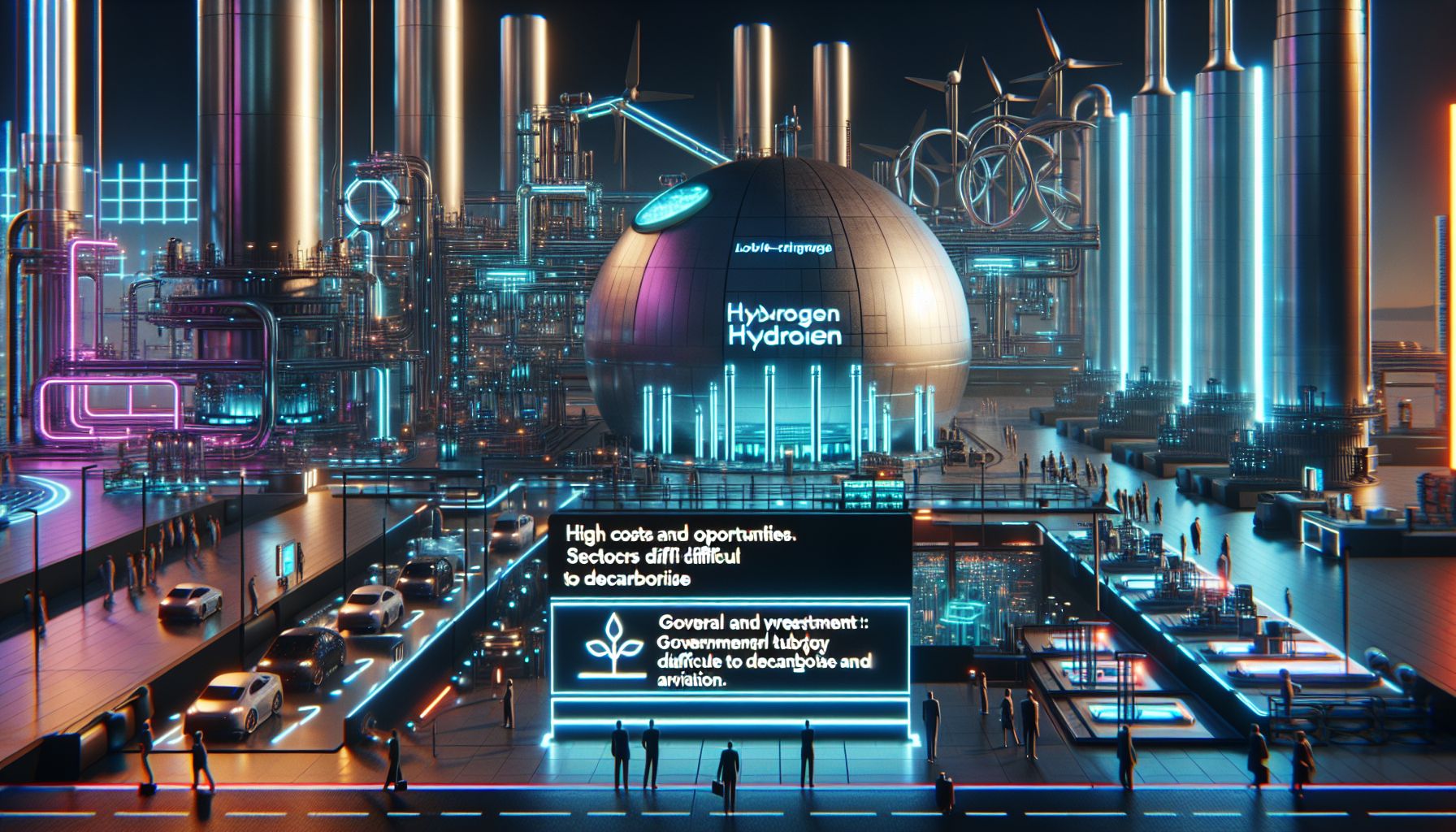Hydrogen's Pivotal Role in a Low-Carbon Future: Balancing Costs and Opportunities

London, Wednesday, 15 October 2025.
Despite high costs dampening enthusiasm, hydrogen remains vital for decarbonising hard-to-electrify sectors like steel and aviation. Governments are investing to integrate hydrogen in climate strategies, highlighting its crucial role.
Investment and Policy Shifts
Governments worldwide are ramping up investments in hydrogen to meet their climate goals. Notably, California is making strides with its Hydrogen Action Plan, aiming for net-zero emissions by 2045 [2]. The plan includes a significant investment exceeding USD 100 billion by 2030, focusing on sectors like transportation and energy storage [2]. However, the US has reduced its support, scaling back incentives and research funding, which has led to some project cancellations [1].
Sector-Specific Hydrogen Use
Hydrogen’s role as a decarbonisation tool is especially crucial for hard-to-abate sectors. For example, steel production and long-distance shipping rely heavily on hydrogen when electrification isn’t feasible [1]. Experts emphasise the need for targeted policies to boost demand in these areas, ensuring that only low-carbon hydrogen production is incentivised [1].
Challenges and Opportunities
High costs and supply chain issues have dampened the green hydrogen hype, causing some setbacks, particularly in the US, Australia, and Europe [1]. Yet, China’s investment in electrolyzer production is reducing equipment costs, making hydrogen more viable [1]. In Europe, the focus is on ensuring that imported and produced hydrogen meets strict low-carbon standards [1].
International Initiatives
Globally, initiatives like Team Europe’s €11.5 billion investment package highlight a commitment to green hydrogen development as part of a broader energy transition [7]. This package aims to position South Africa as a leading global producer of green hydrogen and its derivatives [7]. Meanwhile, Copenhagen Infrastructure Partners’ acquisition of a stake in the H2APEX project in Lubmin aims to produce up to 10,000 tonnes of hydrogen annually [5].
Hydrogen’s Future Outlook
Despite the challenges, optimism persists in regions like Asia and the Middle East, where hydrogen projects align with long-term net-zero goals [9]. Discussions at World Hydrogen Week 2025 emphasized the need for collaboration and innovation to overcome policy and infrastructure hurdles [9]. As governments and industries navigate these complexities, the potential for hydrogen as a key player in the energy transition remains substantial.
Bronnen
- www.climatechangenews.com
- californiahydrogen.org
- fuelcellsworks.com
- www.eeas.europa.eu
- uk.linkedin.com